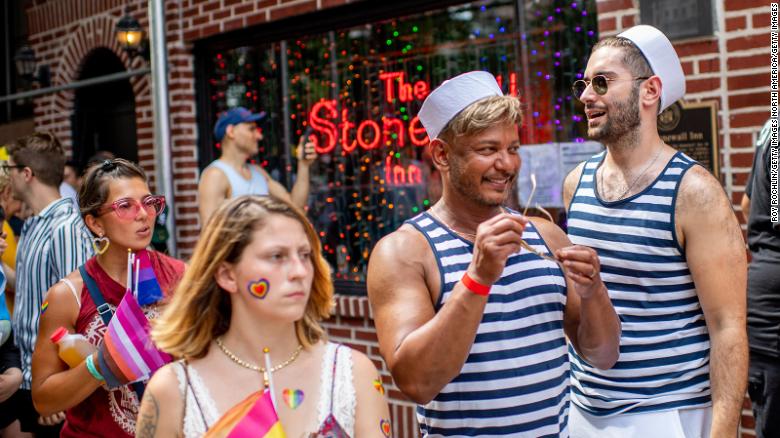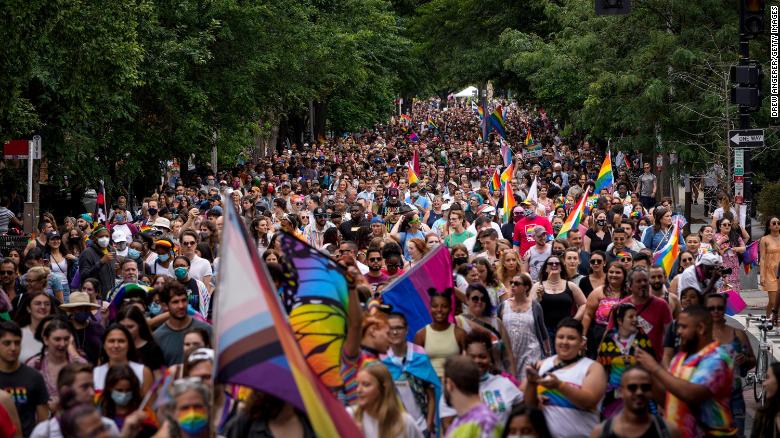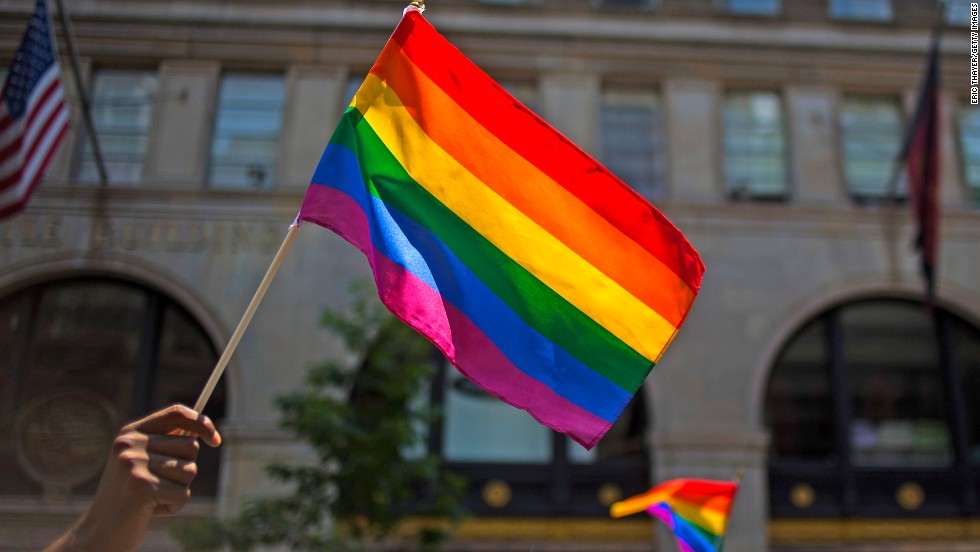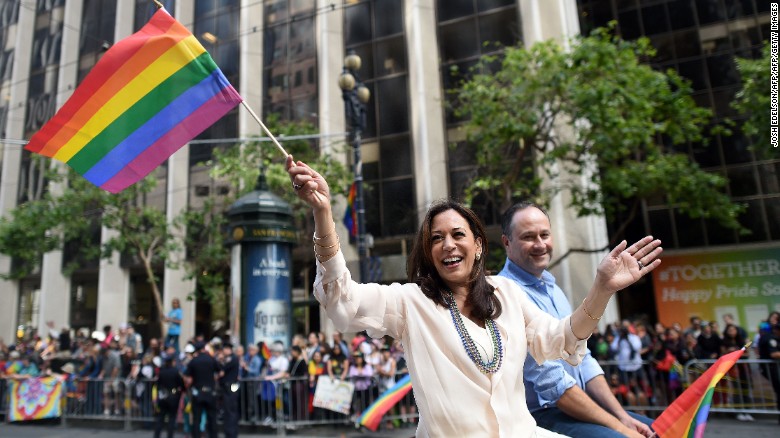Manifestations of pride are rooted in the arduous history of minority groups who have struggled for decades to overcome prejudice and be accepted for who they are in the LGBTQ community.
The original organizers chose this month to honor the June 1969 Stonewall uprising in New York City, which helped spark the modern gay rights movement. Most Pride events take place every year in June, although some cities hold their celebrations at other times of the year.
Who celebrates?
Pride events welcome anyone who feels their sexual identity is out of the mainstream – although many straight people also participate. LGBTQ is an acronym that stands for lesbian, gay, bisexual, transgender and queer.
The term is sometimes extended to LGBTQIA, to include intersex and asexual groups. Queer is a generic term for non-heterosexual people; intersex refers to those whose sex is not clearly defined due to genetic, hormonal or biological differences; and asexual describes those who do not feel sexual attraction. These terms can also include people who are gender fluid, or those whose gender identity changes over time or depending on the situation.
How did it start?

In the early hours of June 28, 1969, police raided the Stonewall Inn, a gay bar in Greenwich Village, New York, and began taking customers outside. Tensions quickly escalated as customers resisted arrest and a growing crowd of onlookers threw bottles and coins at officers.
New York’s gay community, fed up with years of harassment by the authorities, erupted into neighborhood riots that lasted three days. The uprising became a catalyst for an emerging gay rights movement as organizations such as the Gay Liberation Front and the Alliance of Gay Activists were formed, modeled after the civil rights movement and the women’s rights movement.
Members staged protests, met with political leaders, and disrupted public meetings to hold those leaders to account. A year after the Stonewall riots, the country’s first Gay Pride marches were held. In 2016, the area around the Stonewall Inn, still a popular nightclub today, was designated a national monument.
Where did the name come from?

It is widely credited to Brenda Howard, a bisexual activist from New York nicknamed the “Mother of Pride”, who organized the first ever LGBT Pride parade to commemorate the one-year anniversary of the Stonewall riot.
What is the origin of the flag?

In 1978, artist and designer Gilbert Baker was commissioned by San Francisco city supervisor Harvey Milk – one of the first openly gay elected officials in the US – to make a flag for the city’s upcoming LGBT Pride celebrations.
Baker, a prominent gay rights activist, gave a nod to the stripes on the American flag but was inspired by the rainbow to reflect the many groups within the gay community. A subset of flags represents other sexualities on the spectrum, such as bisexual, pansexual, and asexual.
Can I participate if I’m not LGBTQ+?

Clear. Pride events welcome allies from outside the LGBTQ community. They are opportunities to show support, observe, listen and be polite.
Translated matter from CNN Health – Ayana Archie and Brandon Griggs.
Want to know more? Don’t forget to follow ADNEWS on social media and stay on top of everything!
The post It’s LGBTQ Pride Month; know everything behind the celebrations appeared first on DNEWS.






